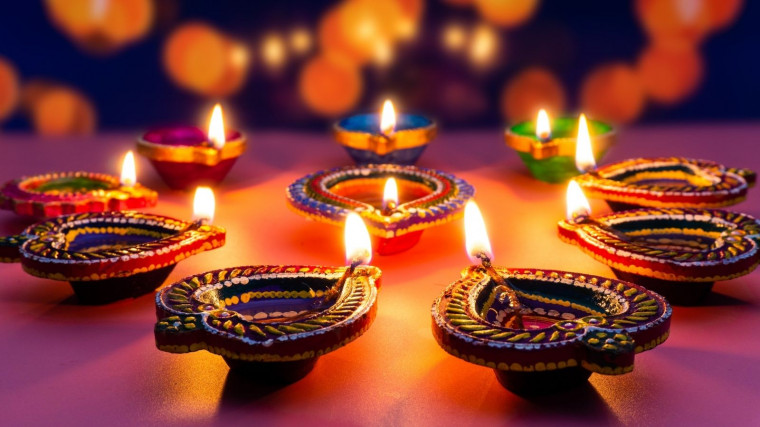|
Audio Version Available
|
When I found out that sci-fi novel Dune will be once again adapted to the big screen, I was elated. I remember watching the 1984 version on VHS (that’s Video Home System for you young ones, or as we called it, videotape!), which inspired me to read all six books of Frank Herbert’s epic saga.
So when the 2021 movie opened with “Dreams are messages from the Deep”, it gave me chills.
The story is set in a futuristic universe centred around a precious resource called melange, or spice, found on only one planet, Arrakis, or Dune, which gives the novel its name.
There, a hero deals with his supposed destiny to bring peace to the planet and the known universe. The protagonist Paul, of House Atreides is known as the Kwisatz Haderach (or the Lisan al Gaib) who leads the people of Arrakis (the Fremen) to “true freedom”.
No brief summary can do the complicated plot justice, but it is suffice to say that the story subverts the idea of the “chosen one”, destined to greatness.
This chosen one trope has been often written and told in movies: Luke Skywalker from Star Wars, Neo from the Matrix and one might say Tony Stark in the Marvel Cinematic Universe.
The symbolism is similar, just like many other films and stories, that goodness will prevail, and the people will unite after many struggles before finding victory.
Such symbols of the triumph of good over evil are also often depicted in religions and its festivals.
Which brings me to Deepavali.
The Festival of Lights unites celebrants all over the world — not just Hindus, but Sikhs and Jains as well.
There are many shared signs and symbols that signify illumination during the festival and help us understand and bring meaning to common community experiences. Here are three such symbols:
Oil lamps
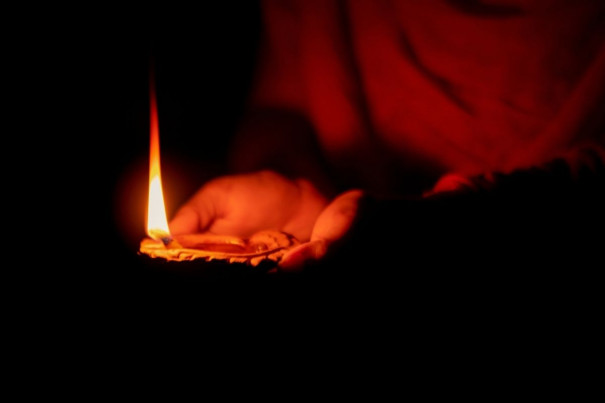
Deepavali originates from Sanskrit words deep (lamp) and vali (row). It literally means “row of lights”.
The festival is celebrated by lighting earthen lamps. These lamps symbolise the victory of good over evil, and people celebrate the story every year by lighting millions of them around the world.
Lighting oil lamps for Deepavali is the highlight of the celebration.
In southern India, Hindus light oil lamps to commemorate the victory of Lord Krishna over a king, Narakasura, who had turned evil after aligning himself with a demon.
In the north, the lights symbolise the return of the Hindu deity Rama, the lord of virtue, to the sacred city Ayodhya from 14 years of exile after slaying the demon Ravana.
On this day, people light lamps to remove darkness of night, which symbolises embracing the light to remove the darkness of negativity.
Rangoli
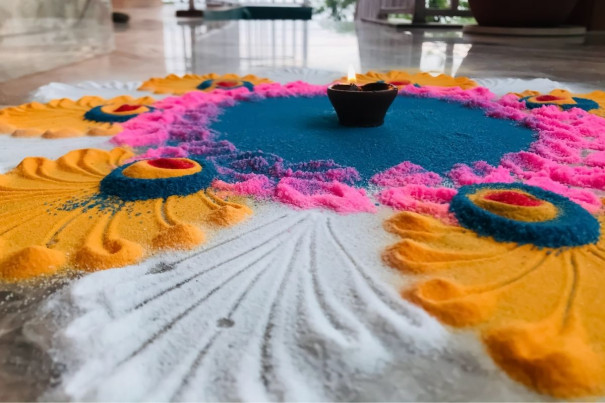
During Deepavali, floor art makes an appearance at the entrances of homes and temples.
In northern and central India, floor art is referred to as rangoli, while it is known as kolam in South India.
It is to ward off, or absorb, any negativity to prevent it from entering the home. It is also used to welcome Lakshmi, the goddess of wealth and prosperity, into the home.
The colourful rangoli is drawn with dyed rice, flour and flowers and shaped into free-form designs. The southern versions are drawn using rice flour only and generally follow a geometric design with interlinking dots.
By using edible rice flour, small animals, birds and insects can be fed.
As part of celebrations for Deepavali, Singapore Kindness Movement’s HoodChampions is organising a competition to decorate your corridor with beautiful rangoli designs. Sign up with your family or your neighbours to stand a chance to win shopping vouchers and a Limited Edition Singa Plushie along with other premiums for the top 3 prizes. Register here to participate and get a free rangoli decorative pack. At the same time, download printable Color-your-own Kindness Day decorative graphics (see left) from our Kindness website!
Peacock feathers
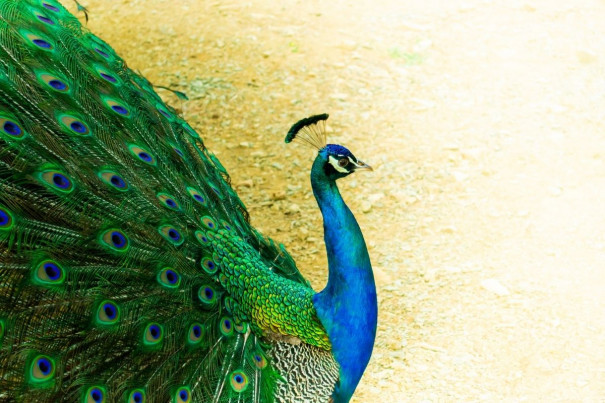
The peacock feather, or mor pankh in Sanskrit, is an auspicious symbol in Hinduism and figures prominently during Deepavali.
The peacock is the national bird of India and is closely tied with Hinduism. Krishna, the lord of protection, compassion, tenderness and love, wears a peacock feather in his crown. Similarly, Kartikeya, the lord of war and victory, rides a peacock into battle.
Meaning of Deepavali
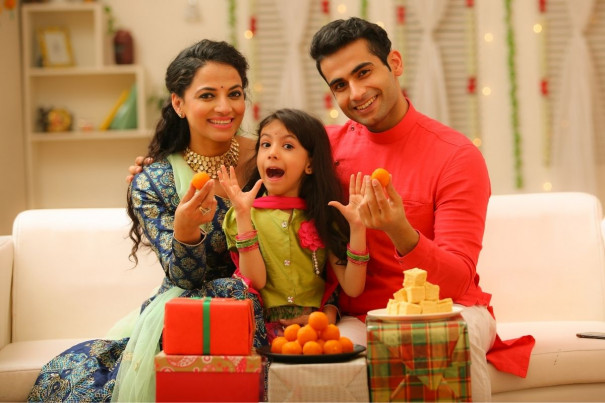
The festival of Deepavali reminds us that goodness prevails.
There are many other symbols that mark the festive occasion.
We share sweets with our friends, neighbours and relatives. Not only does this spread joy and festivity, it also reminds us to share whatever extra we have with the less privileged.
It is also an occasion to purchase new clothes and utensils, to start afresh and make new beginnings, which reminds people that it is never too late to turn over a new leaf.
Deepavali views wealth and riches as a way to give us an opportunity to do good and bring positivity to the community around us.
It signifies that good can and will eventually triumph over evil.
Just like Luke, Neo and Tony, (and arguably Paul), we must stay the course when things look bleak.
We are right now in the darkness of a new Covid wave. But the gloom of the night will give way to the sun again. In the meantime, we must continue to keep lighting our lamps of positivity.
Reach out to a friend whom you haven’t spoken to for a while. Share some food with your neighbours. Offer to help seniors with some errands if they aren’t able to leave the house. And don’t forget to take time for some self-care.
There will be challenges, and no matter how long the wait is, we need to stay together and be united. I believe things will change over time and be favourable eventually, and we can go back to our normal lives.
Here’s wishing everyone celebrating this festival to be free from darkness and be abundant with light.
The Pride wishes all Hindus, Sikhs and Jains a happy Deepavali!
If you like what you read, follow us on Twitter and Google News to get the latest updates.
